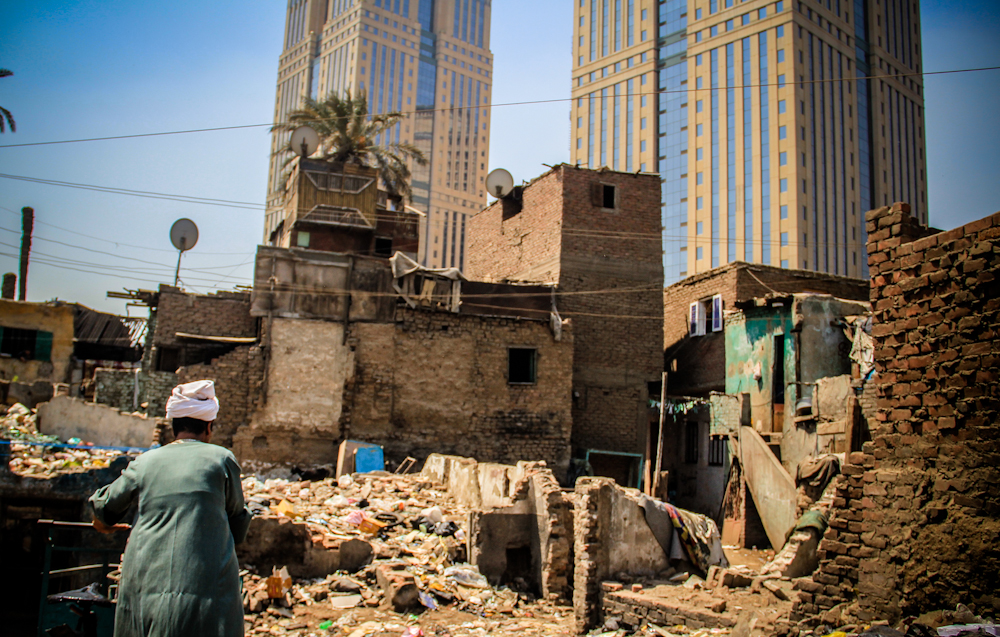Egypt ranks as the second-wealthiest country in Africa, and Cairo, Egypt’s capital, is often perceived as a city of wealth and opportunity for expats and locals alike. According to Henley & Partners’ Africa Wealth Report 2024, Cairo is the richest city in North Africa, home to 7,200 millionaires, 57 centi-millionaires, and at least eight billionaires, all measured in US dollars, with a total private wealth of USD 140 billion (EGP 7.08 trillion). On the surface, these figures paint a picture of economic success. Yet, behind the gated compounds and luxury developments, the vast majority of Egyptians are struggling with an unprecedented cost-of-living crisis. In truth, Cairo is not one city, but two—one of soaring affluence and another of financial hardship. A City of Rising Wealth—But for Whom? Cairo’s elite, typically stationed at the furthest points east and west of the city, enjoy an expanding luxury market, with high-end real estate projects, extravagant malls, and international designer brands thriving. Residential compounds developed by major players like Hassan Allam and Palm Hills Developments exemplify this trend, offering apartments that rarely go for less than EGP 6 million. Malls such as District 5…



